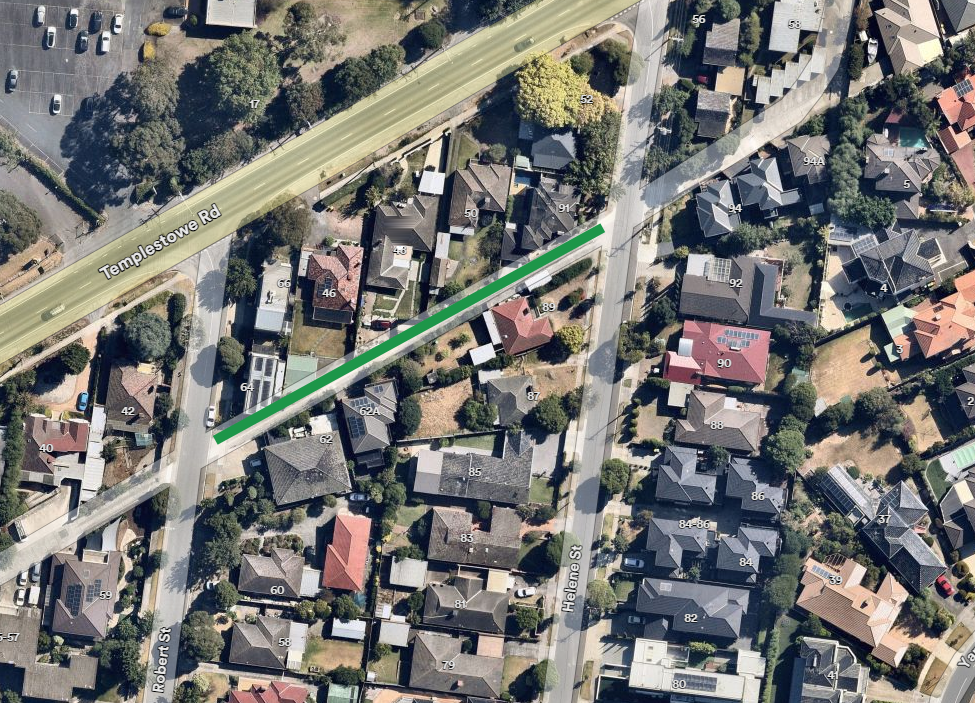Weld Australia is urging the Australian Government to enact a national policy framework that guarantees a sufficiently strong pipeline of work for manufacturers to attract the required investment to build a sovereign renewable energy manufacturing capability. Weld Australia strongly recommends mandated local content of 60% of Australian fabricated steel by kilogram compliant to Australian Standards.
Australian mining and clean-energy billionaire, Andrew Forrest, is set to plough AU$54 million into a new battery manufacturing plant in the United States. Fortescue Metal Group (of which Forrest owns the majority share) is also allocating $US550 million to the Phoenix Hydrogen Hub in the US where it plans to build an 80 megawatt electrolyser and liquefaction plant with production capacity of up to 11,000 tonnes a year of liquid green hydrogen.
It is little wonder that Forrest has chosen to invest his millions offshore. In making a smart business decision, Forrest will cash in on the enormous benefits and tax incentives afforded by US President Joe Biden’s AU$550 billion Inflation Reduction Act (IRA)—incentives that Australia’s governments seem unwilling to entertain.
According to not-for-profit think tank Climateworks, AU$625 billion worth of investment is needed to decarbonise Australia’s industry and energy system by 2050. This comprises AU$400 billion of business-as-usual investment by the private sector, and a further AU$225 billion to transition the energy system.
According to Geoff Crittenden (CEO, Weld Australia), “Our governments must stop prevaricating over our response to the IRA and enact equivalent policies and legislation that encourage private investment and secure a pipeline for local business. The alternative is that Australia remains a dig and ship economy until we run out of ore—and options.”
“We must grow our manufacturing capability at a rapid pace if Australia are to have the resources to meet net zero targets. And yet, the Federal Government has so far failed to allocate funding, or enact any kind of industry policy, tax incentives, or legislation,” said Crittenden.
There has already been significant speculation about the capacity of the global supply chain to deliver Australia’s material requirements for the renewable energy transition. Vestas, one of the largest wind tower OEMs, recently noted that their supply chain was already fully booked for 2024 and the only way they could guarantee to supply Australia was to build a local plant.
Australia also has ambitions to become a significant producer, exporter and user of renewable hydrogen. To achieve this we will need to have access to a risk free supply chain of electrolyser stacks.
“At this stage it would be safe to assume that Australia, despite its natural advantages and ambition to become an energy superpower, will be a small player in the global market without the scale to secure supply or value. Therefore, relying on the overseas supply chain would pose a significant risk that can only be offset by establishing sovereign manufacturing capability,” said Crittenden.
“If Australia is to develop a sovereign manufacturing capability, then we will also need to develop the accompanying technical infrastructure. It will be imperative that we have a suite of Standards covering all aspects of the manufacturing and construction process. Most importantly, we will need a set of design parameters that will allow for standardisation of infrastructure, transport and logistics.”







